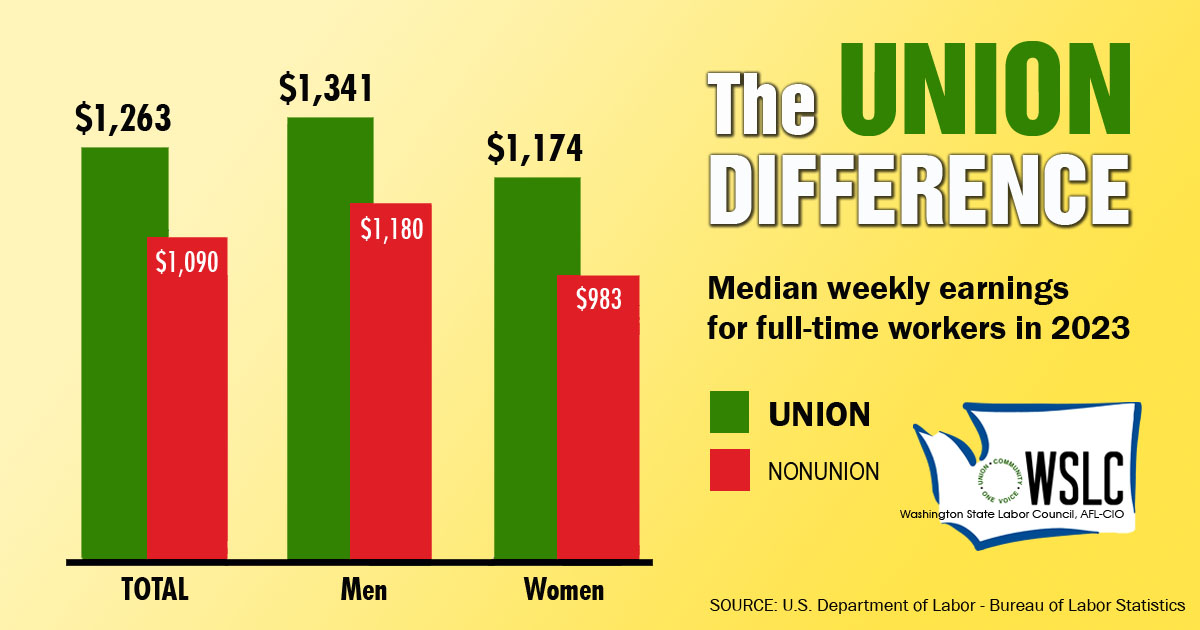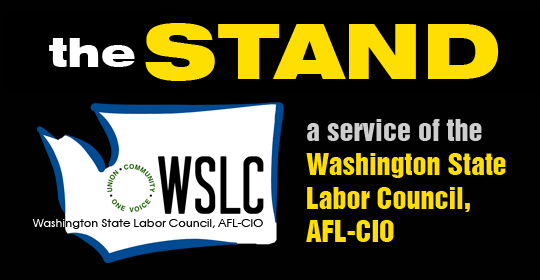OPINION
Whatcom County needs jobs, Gateway Pacific Terminal
 By Jeff Johnson
By Jeff Johnson
In these economic times, when an opportunity to attract a $600 million private-sector investment in our state’s export infrastructure presents itself, we’d better take it very seriously. The Gateway Pacific Terminal in Whatcom County is just such an opportunity.
That’s why I was particularly disappointed to read Lance Dickie’s Seattle Times column opposing the proposed shipping terminal at Cherry Point casually dismissing the prospect of jobs lost to Canada with a somewhat cavalier, “So be it.”
At the 2011 Washington State Labor Council convention during the first week of August, the issue of whether to support the proposed Gateway Pacific Terminal at Cherry Point was not casually dismissed but fiercely debated. The heart of the debate centered on the relative merits of supporting the family-wage jobs created by the construction and operation of a terminal that can be used for shipping various commodities to Asian ports versus the environmental and health impacts of transporting coal to the terminal and the resulting greenhouse gases created by the burning of that coal in China.
Our delegates expressed concerns over the potential effects on climate change of China’s rapid increase in coal-fired electricity generation, (though it was also noted that whether the U.S. exports coal to China may have little, if any, effect on net greenhouse-gas emissions since other nations are willing to supply the coal). Our delegates also raised the fact that neither China nor the United States has an industrial policy that focuses on a systemic investment in new clean-energy technology. It was argued that until we as a country dramatically increase our investment in clean energy, we are unlikely to set an example for our trading partners and are unlikely to have a significant impact on reducing greenhouse-gas emissions.
Our delegates were also sensitive to the fact that unemployment in the state of Washington stands at 9.2% overall but with 30% to 60% unemployment in the building and construction trades. They understood that long-term unemployment remains perniciously high in our state — a recent survey by the Washington Department of Employment Security found that 75% of unemployed workers who ran out of benefits last fall remain unemployed today.
These facts coupled with the reality that Whatcom County has lost 30% of its industrial job base over the past 20 years and that nearly 10,000 county residents are currently unemployed, significantly influenced the vote to support the resolution in favor of the Gateway Terminal.
Construction of the Gateway Pacific Terminal will create thousands of family-wage construction jobs over two years and generate some $57 million in tax revenues. Once the terminal operates at full capacity, it will employ about 430 people as well as support hundreds of additional jobs in the community through business purchases and employee spending. It is estimated that at full operation, the terminal will produce more than $10 million a year in local and state tax revenues for schools, hospitals, fire protection and road maintenance.
For a depressed rural county, these things make a real difference in the lives of their residents and they made the difference for our delegates. At the same time, our delegates are concerned that the proposed terminal undergo a comprehensive state and federal environmental review and that it be designed to the most modern standards, with an emphasis on environmental and safety requirements.
While our delegates are not naive — they understand the imperative to deal with climate change — they also don’t want to sacrifice desperately needed jobs for both the short and long term over the coal-export issue when what we need to do together, as labor, community and environmentalists, is to work for a national clean-energy policy.
Jeff Johnson is President of the Washington State Labor Council, AFL-CIO, the largest labor organization in the Evergreen State, representing the interests of more than 500 local unions and 400,000 rank-and-file union members. This column appears in today’s Seattle Times.





